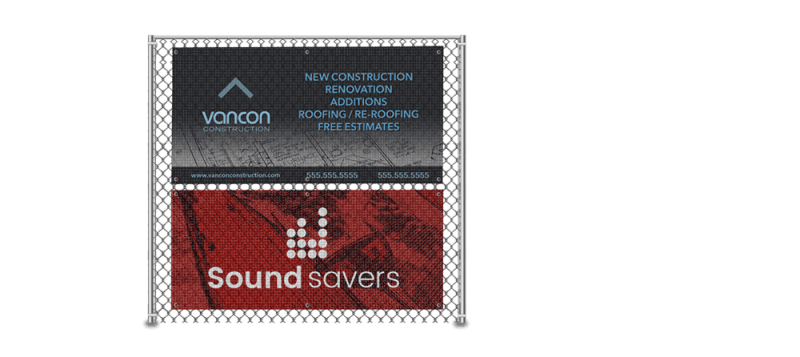Mina Bekhit
Structural
Hi
I am new to this forum.
I am assigned to design a structural support for a mesh vinyl banner with dimensions of 40'x120'. The banner will be one way span in the 40 ft direction. This banner will be located in New Jersey where the wind speed can reach 99 mph. Based on that the banner will be subject to 45 psf wind load.
I am trying to calculate the tension force in the banner under wind load and transfer this load to my structure. I am using this formula
T = WL2/8xS
W = 45 psf wind load. L = 40 feet. S = banner sag (missing information)
Based on banner sag of 3", the Tension force will be 36kip/ft
Based on banner sag of 24", the Tension force will be 4.5kip/ft
I am also missing the banner modules of elasticity and strain. I tried to obtain this information from the banner company with no luck of getting it.
Can any one help on the above calculation and what is a reasonable modules of elasticity and strain to be used? Is there any other way of calculating the tension in the banner? What is a reasonable sag range for a 40 ft banner span?
Thanks in advance.
I am new to this forum.
I am assigned to design a structural support for a mesh vinyl banner with dimensions of 40'x120'. The banner will be one way span in the 40 ft direction. This banner will be located in New Jersey where the wind speed can reach 99 mph. Based on that the banner will be subject to 45 psf wind load.
I am trying to calculate the tension force in the banner under wind load and transfer this load to my structure. I am using this formula
T = WL2/8xS
W = 45 psf wind load. L = 40 feet. S = banner sag (missing information)
Based on banner sag of 3", the Tension force will be 36kip/ft
Based on banner sag of 24", the Tension force will be 4.5kip/ft
I am also missing the banner modules of elasticity and strain. I tried to obtain this information from the banner company with no luck of getting it.
Can any one help on the above calculation and what is a reasonable modules of elasticity and strain to be used? Is there any other way of calculating the tension in the banner? What is a reasonable sag range for a 40 ft banner span?
Thanks in advance.


